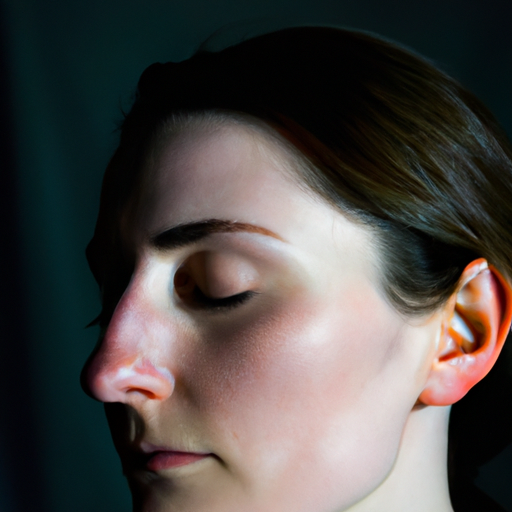As a medical professional, I am often asked about the various cosmetic procedures available to enhance facial aesthetics. One such procedure that has gained popularity in recent years is buccal fat removal, a surgical procedure designed to slim the face and accentuate the cheekbones.
Buccal fat removal, also known as cheek reduction surgery, involves the removal of the buccal fat pads located in the lower part of the cheeks. These fat pads vary in size from person to person and can significantly influence the overall shape and contour of the face. Some individuals naturally have larger buccal fat pads, which can give the face a fuller, rounder appearance. While this can be attractive, some people prefer a more sculpted, defined facial structure.
The procedure itself is relatively straightforward and is typically performed under local anesthesia. A small incision is made inside the mouth, on the inner side of each cheek, through which the buccal fat pad is extracted. The incisions are then closed with dissolvable sutures. The entire process usually takes about an hour and is generally considered safe with few complications.
Recovery from buccal fat removal is relatively quick compared to other cosmetic procedures. Patients may experience some swelling and discomfort in the days following the surgery, but these symptoms typically subside within a week. Most people can return to work and their normal activities within a few days.
While buccal fat removal can dramatically alter the appearance of the face, it’s important to note that this procedure isn’t suitable for everyone. Ideal candidates for buccal fat removal are those who have a fuller face due to larger buccal fat pads and wish to achieve a more chiseled look. However, it’s not recommended for individuals with naturally thin faces as removing the buccal fat pads could lead to a gaunt appearance in later life when facial fat naturally decreases.
As with any surgical procedure, there are risks involved. These include infection, bleeding, and nerve damage, although these are rare. There is also the risk of asymmetry if uneven amounts of fat are removed from each cheek. Therefore, it’s crucial to choose a skilled and experienced surgeon to minimize these risks.
Moreover, it’s important to manage expectations. While buccal fat removal can enhance facial contours, it won’t drastically change your appearance or make you look like a different person. The goal is to create a more refined version of you, not someone else.
Lastly, it’s essential to consider the long-term effects. Facial fat distribution changes as we age, and what may seem like excess fat in your youth may contribute to a healthier, more youthful appearance in your later years. Therefore, it’s crucial to have a thorough discussion with your surgeon about the potential long-term implications of the procedure.
In conclusion, buccal fat removal can be an effective way to sculpt the face and enhance facial aesthetics. However, it’s not a decision to be taken lightly. It requires careful consideration and consultation with a qualified medical professional. As a doctor, my advice is always to make informed decisions about your body and your health. Remember, cosmetic surgery is not about achieving perfection but enhancing the beauty that is uniquely yours.



